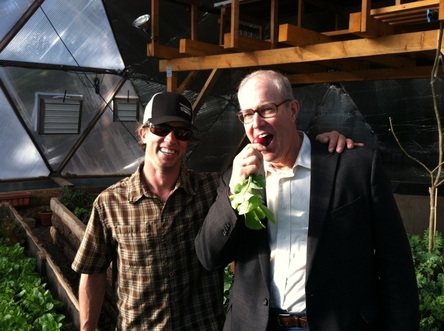
Prior to his evening lecture to a SOLD-OUT crowd of 500 people, the Tahoe Food Hub held its first fundraiser with a lunch for 40 people at PlumpJack Cafe in Squaw Valley. I had the honor of getting to introduce Joel. Most everyone in attendance was familiar with Joel's efforts to help people think more clearly about our food system. So a formal introduction was not really necessary. But as I told our guests, "I will probably never going to get a chance like this again to introduce Mr. Salatin so I was going for it." I was pretty happy with how it turned out and thought I would share an excerpt below...
"Joel Salatin is a 3rd generation farmer and self-proclaimed grass farmer meaning Joel works with his livestock, or teammates as he calls them, to build healthy soil which grows nutrient rich grass which feeds the animals. Its the cultivating of the grass which drives the whole orchestra.
Joel hails from Polyface Farms outside Charlottesville, VA in the Shenandoah Valley. Joel is known as much for his sustainable farming practices as his unique mastery of the English language that has captured the ears, minds and hearts of America. When Joel speaks, it's almost like Spoken Word, language-based performance art. He blends honesty & humor for a common sense approach to understanding our agricultural industry and food system. Because Joel realizes that when we are smiling and happy, we are more prone to listen allowing the words to seep deeper and take root. His back porch style breeds an environment of cooperation and collaboration helping unlikely allies realize we all basically want the same thing...a healthy future for our children and our children's children's children! So how are we going to get there? Well Joel is here to tell us how. Please join me in welcoming...Joel Salatin!" (applause)
Joel quotes:
1. "It's all a symbiotic, multi-speciated synergistic relationship-dense production model that yields far more per acre than industrial models. And it's all aromatically and aesthetically romantic."
2. "Plants and animals should be provided habitat that allows them to express their physiological distinctiveness. Respecting and honoring the pigness of the pig and the chickenness of the chicken is the foundation for societal health."
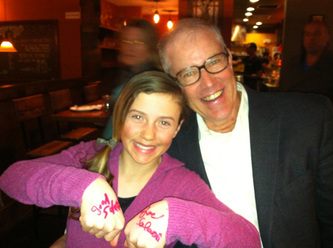
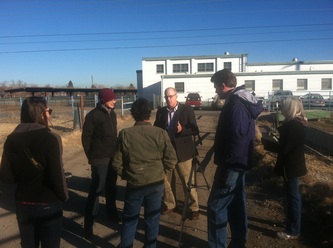
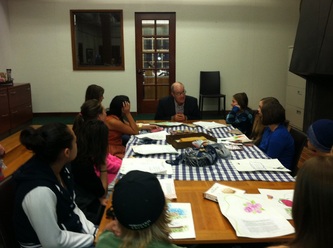
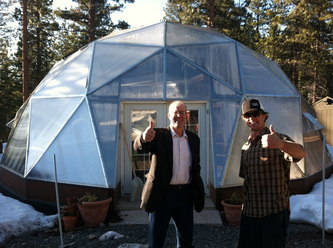
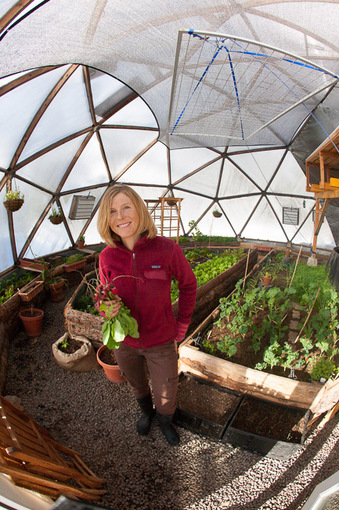
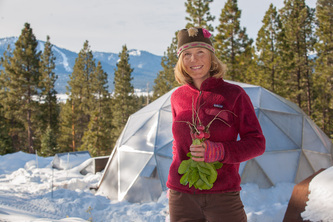
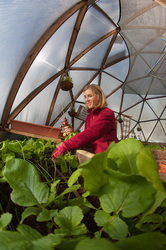
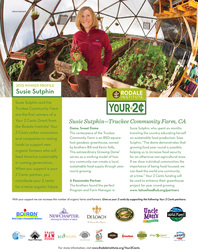
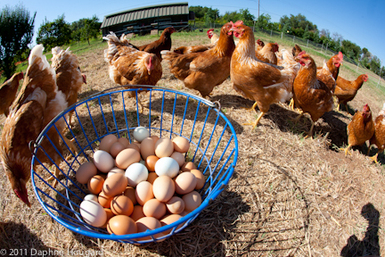
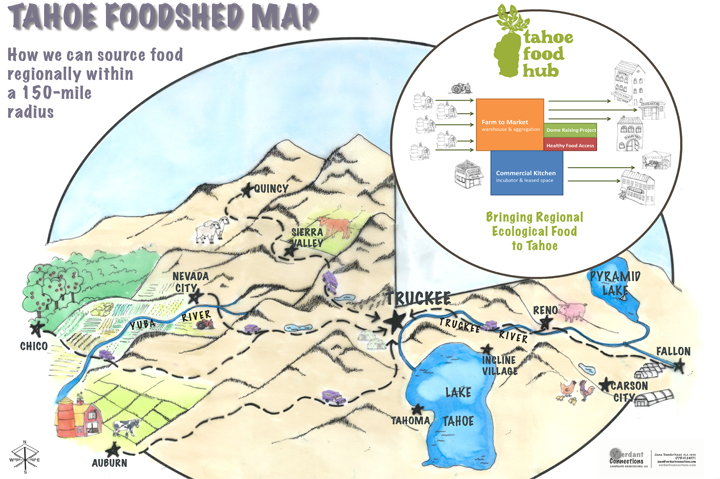
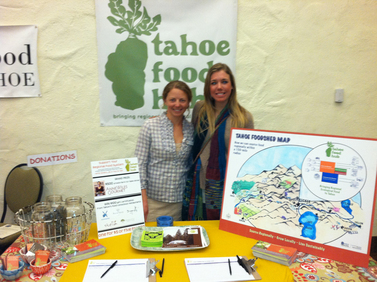
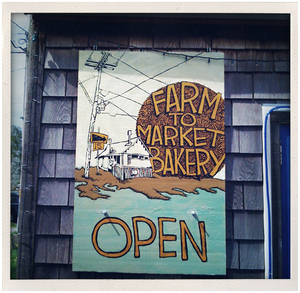
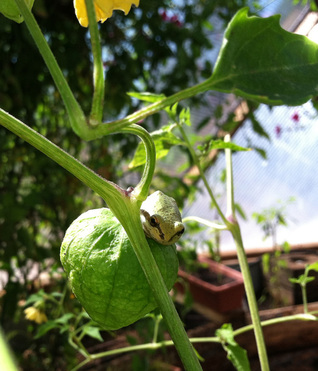
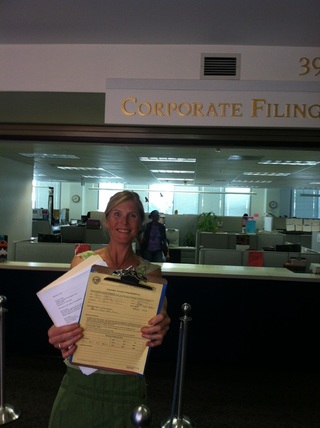
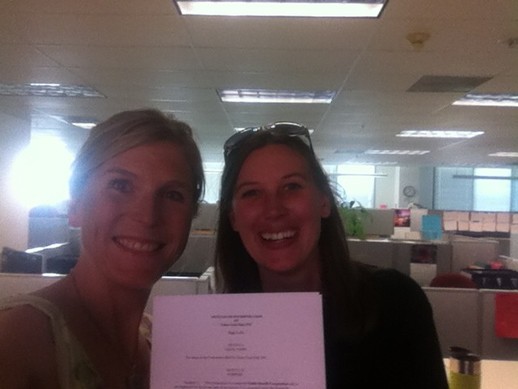
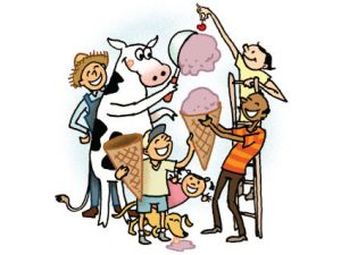
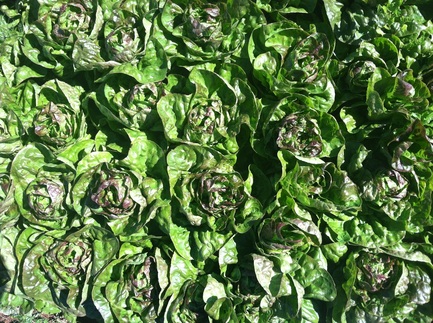
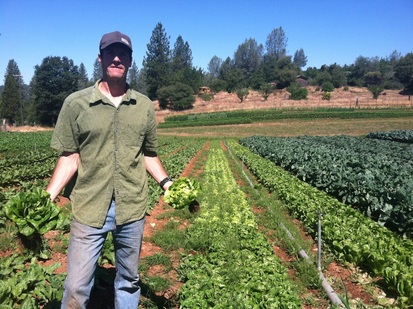
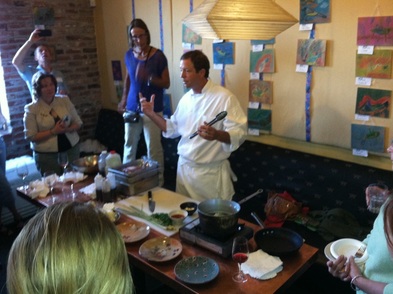
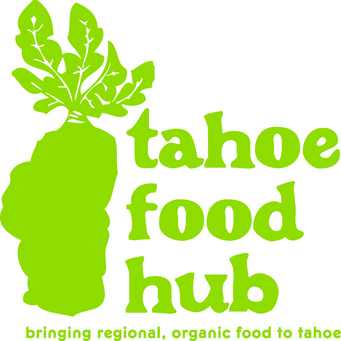


 RSS Feed
RSS Feed
